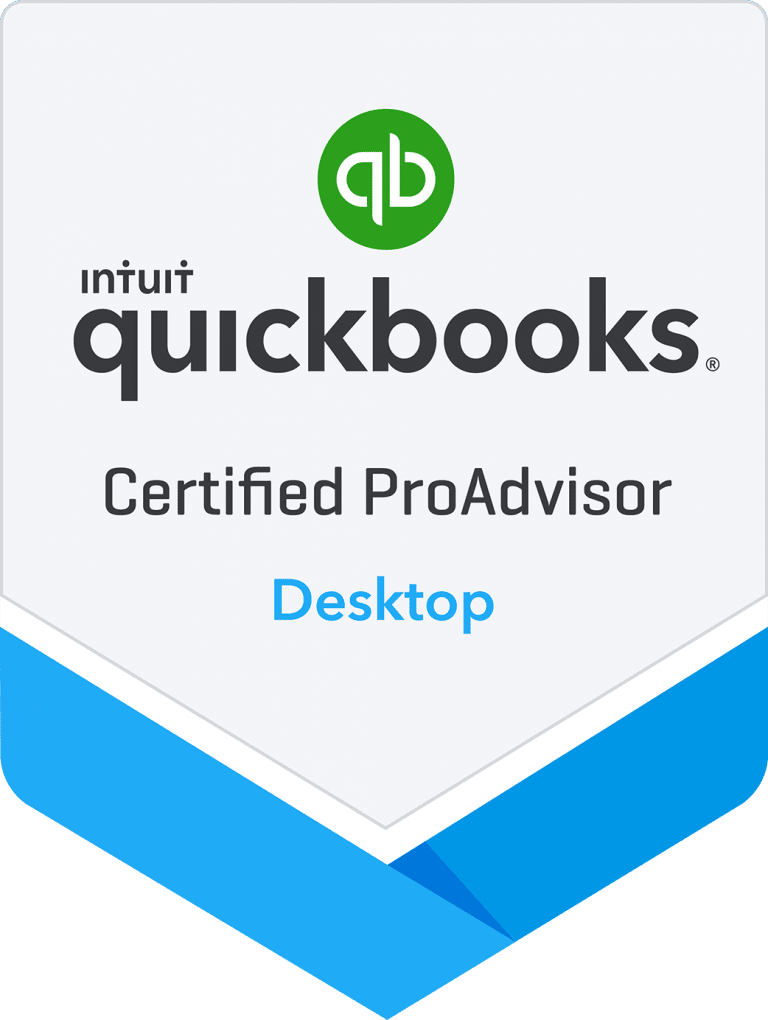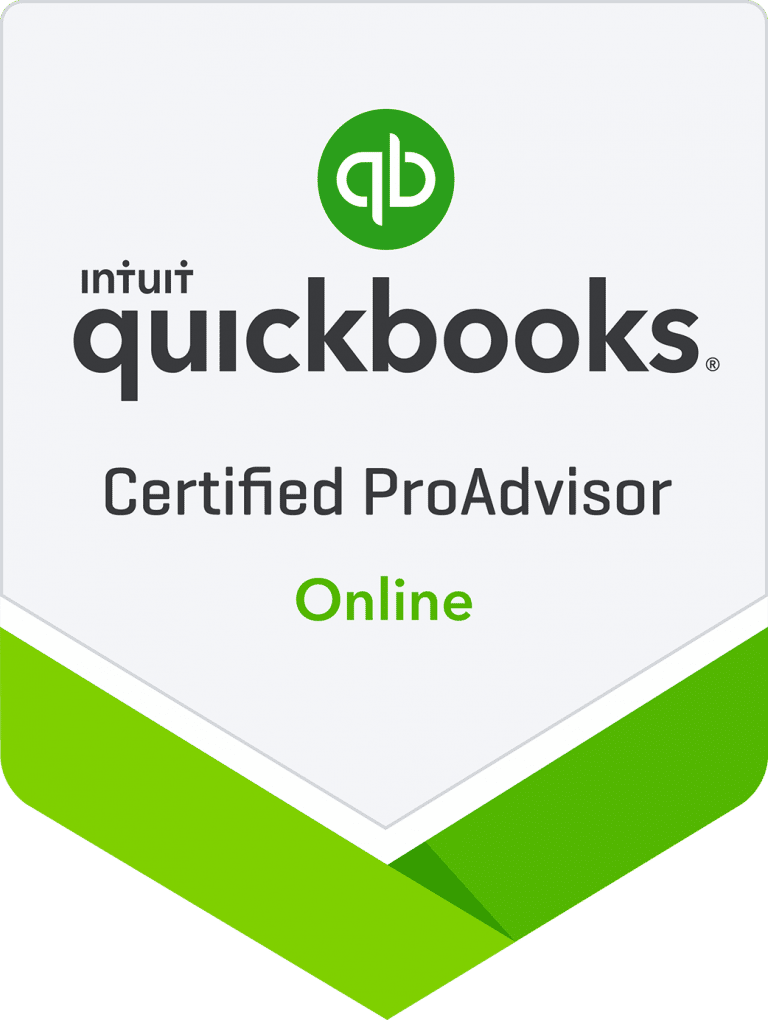As the 2021 Year comes to a close, so do your books – and with that comes the daunting task of reviewing your past year’s paychecks, purchases, taxable events, and more. This headache can be difficult to even know where to start, which is why PorterKinney PC is sharing ten 2021 End-year tax strategies to get on top of your taxes this new years. Read through our 2021 End-of-year tax tips for expert guidance on making the most out of your tax experience:
1. Convert to a Roth. Converting retirement funds from a traditional account to a Roth account creates taxable income; however, it can enable tax-free distributions in the future. If your income recently decreased, this could be a great year to make a conversion. Contact one of our CPA’s to determine the proper amount and timing.
2. Pay January’s expenses in December. If you expect this year’s income to be similar to or lower than next year’s, consider paying for January’s business expenses, such as advertising and supplies, in December. If business equipment is needed early next year, consider purchasing it in December instead.
3. Transfer IRA Money to Charity. Taxpayers who are 70½ or older can transfer up to $100,000 of their required minimum distribution (RMD) from a traditional IRA tax-free to a charity each year, if the money is transferred directly to the charity. The “qualified charitable distribution” (QCD) will count as your RMD without being added to your adjusted gross income.
4. Stack Charitable Donations. The 2021 standard deduction is $25,100 (MFJ) and $12,550 (Single). You can deduct $600 (MFJ) and $300 (Single) of charitable contributions without itemizing. Some taxpayers may benefit by clumping charitable donations into one year. For example, if a married couple has $10,000 of mortgage interest, $4,000 of property taxes, $2,000 of sales tax and $7,000 of charitable contributions, they have $23,000 of itemized deductions, which falls just short of the $24,800 standard deduction. In this case, they would not reap a larger tax benefit for their charitable donations. If, instead of donating $7,000 to charity each year, they decided to donate $14,000 to charity every other year, they would itemize deductions (and hence save on taxes) every other year with the same amount going to charity.
5. Contribute to your retirement account. Consider increasing your contribution to your 401(k), 403(b), IRA or another qualified plan. In the special case of a traditional IRA, you have until April 15th of next year to make a tax-deductible contribution for the current year. If you own a business, consider setting up a company retirement plan. As with all strategies, the total tax savings of contributing to a retirement account depends on your marginal tax bracket. For example, someone in the 24% marginal tax bracket would save $240 in taxes per $1,000 of contributions.
6. Pay your children. If you own an unincorporated business, you can pay your minor children to work in the business without paying social security and Medicare taxes on their wages. This can be a great opportunity to transfer income into a lower tax bracket. If your children have worked for you during the year, be sure to pay them by December 31. Keep in mind the child labor laws of your state including minimum age requirements and other regulations.
7. Sell loser stocks. Look carefully at your portfolio. Do you have any stocks that have declined significantly and have little chance of rebounding? Sell such “loser stocks” before the end of the year to offset any capital gains incurred during the year. After you have offset your capital gains, you may deduct up to $3,000 of capital losses against your ordinary income.
8. Prepay college costs. The IRS offers large tax credits and deductions for out-of-pocket education expenses. Paying tuition for you or a dependent before the end of this year will allow you to claim those credits and deductions on this year’s tax return. For example, you may want to pay the winter semester tuition bill in December. If you or a dependent is an undergraduate student who qualifies for the American Opportunity Credit, be sure to spend at least $2,000 on tuition and qualifying expenses during the year if possible, as you may be able to receive a 100% tax credit on this amount. You may also consider contributing to a 529 College Savings Plan for your child(ren) / grandchild(ren) which allows for tax-free growth and withdrawals when used to pay for qualified higher educational expenses.
9. Form an S-Corporation. If you own a business, electing to be taxed as an S-Corporation can potentially save you several thousand dollars in taxes each year. Since this is a complicated area of tax law, be sure to consult with one of our CPA’s.
10. Maximize gifts to children. Each person can gift up to $15,000 to an unlimited number of individuals without filing a gift tax return and without affecting their estate exemption. If you anticipate that your estate will be greater than the current federal or state estate exemptions, this is a great way to reduce your taxable estate. You can also pay medical expenses or tuition on behalf of another individual directly to a medical provider or educational institution. Regardless of the amount, these gifts are considered exempt and will not reduce your federal estate tax exemption.
Disclaimer: While PorterKinney, PC has made every attempt to ensure the accuracy of this document, they are not responsible for any errors or omissions, or for the results obtained from the use of the information in this document. This document has been prepared for informational purposes and general guidance only and does not constitute legal, accounting, or other professional advice.



